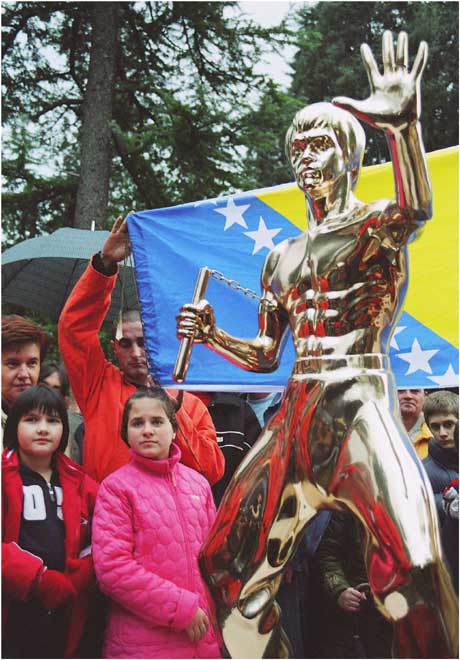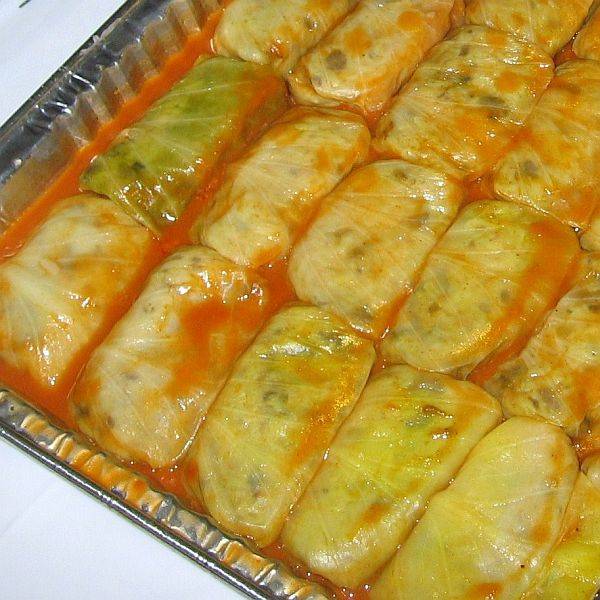The toe-tag was finally filled out May 22 2006, when Montenegro quietly excused itself from its union with Serbia, ending the pretence of a single Yugoslav nation that had largely become a myth once the cancer of extreme nationalism began to gnaw at the aging bones of brotherhood and unity in the late '80s, now, the cadaver of Yugoslavia is to be interred alongside its carer, fondly recalled autocrat Jozip Tito, in the House of Flowers in Belgrade.
Still the most visited museum in the country, the House of Flowers at the Museum of Yugoslav History has received 20 million visitors in the last 30 years (more than three million in 2005 alone!), and with no entry fee, remains high on the agenda for any budget traveller in the Serb capital. Mostly filled with Tito's assorted gifts and clutter, as well as his office and tomb, historians from Bosnia and Croatia met with local officials in early February 2011 to plan a comprehensive exhibit on the history of their late federation.
“The exhibitions will be organised thematically and they will present development of the Yugoslav idea, creation of the country and its fall,” said historian Predrag Markovic
to Balkan Insight. “The disintegration of the country will probably be placed at the exit and the space for that period is small. This has nothing to do with politics, but with the fact that we want to present whole and complex history on the country and there is just not enough space.”
The museum will present the history of the country from 1918 to the '90s with focus on the composite nations and the statesmen who influenced it, from across the political spectrum from the royal family though to the partisan hero turned president for life.
“We can think what ever we want about Yugoslavia,” concluded Croatian historian Hrvoje Klasic to the
Jutarnji news site, “but that state marked the lives of generations, in a good and in a bad way. Yugoslavia wasn’t just the idyllic picture from propaganda movies where young people were smiling or hugging Tito, nor just the ‘dungeon’ of this or that nation or the country of persecution and repression.”
The funeral is planned for May 2011.




















 For the penniless flyer, the map of Europe might as well have a big swirling space void where Serbia is – direct flights from the UK are few, and most indirect flights involve either
For the penniless flyer, the map of Europe might as well have a big swirling space void where Serbia is – direct flights from the UK are few, and most indirect flights involve either